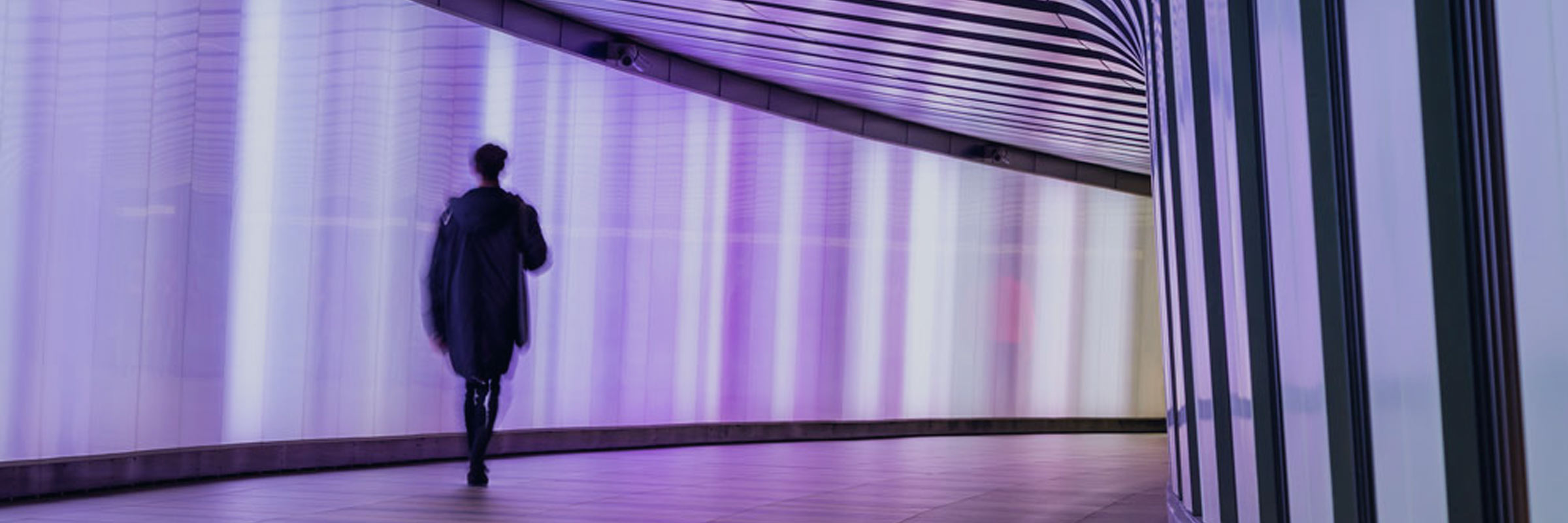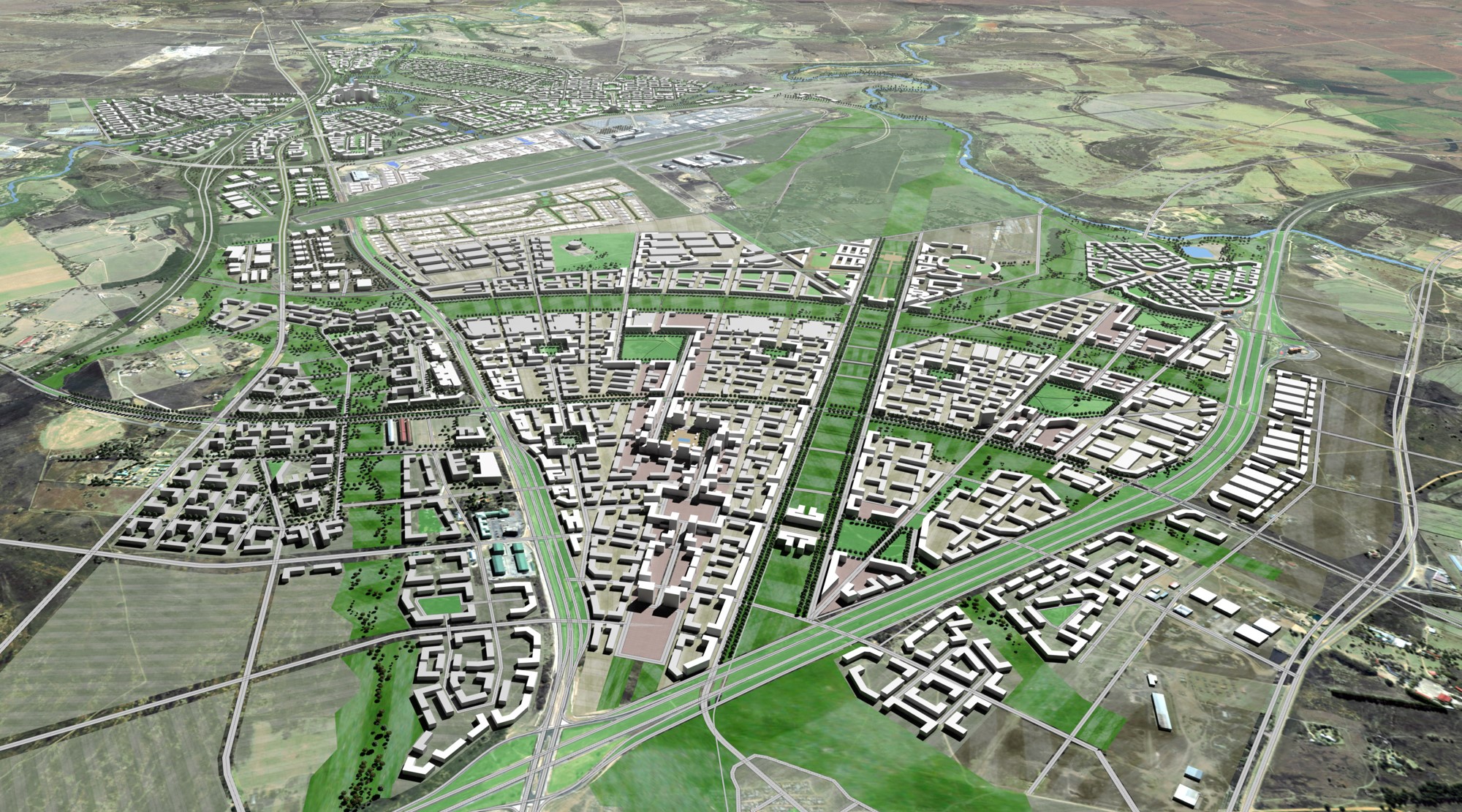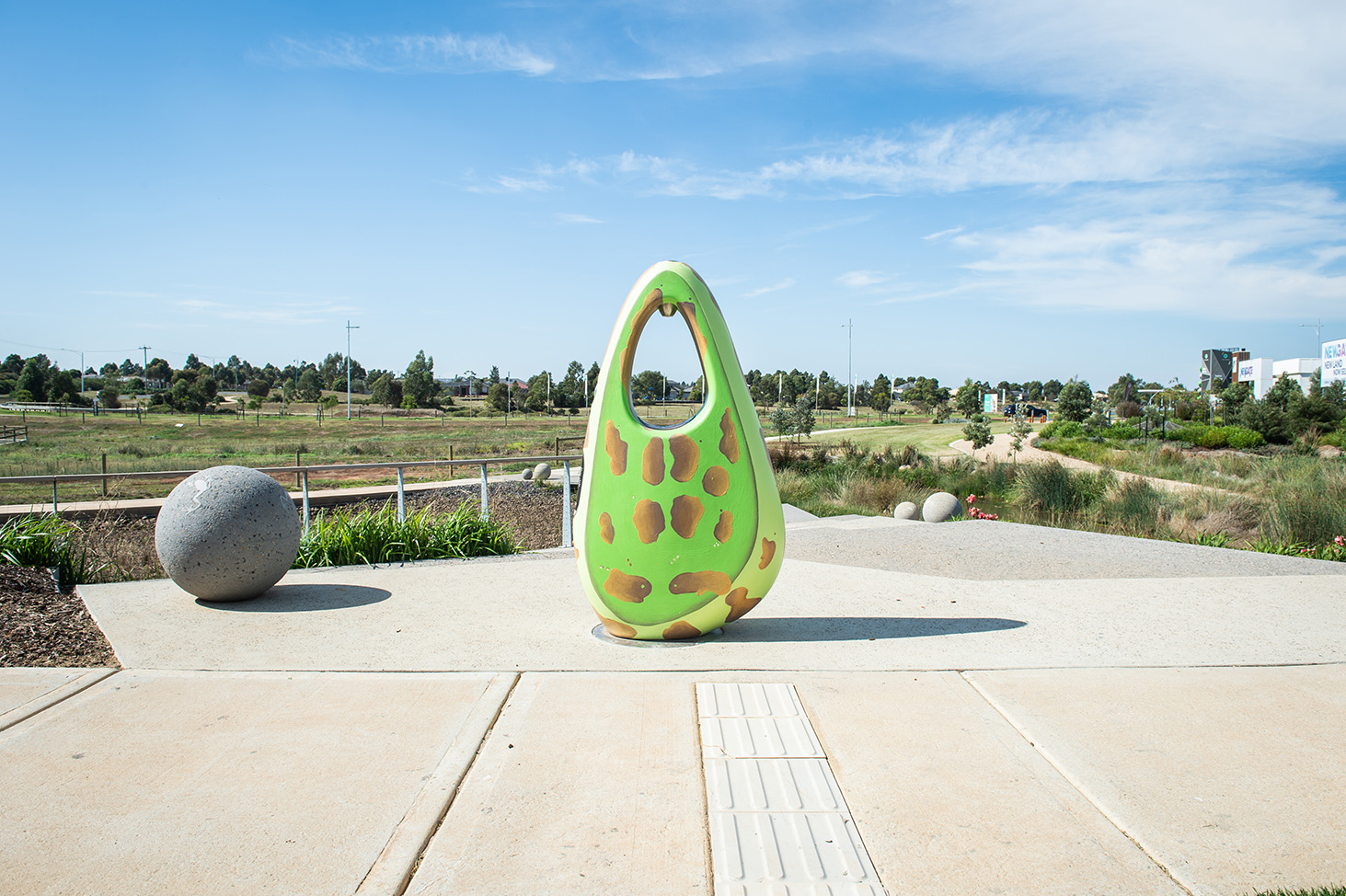
My vision for the future is one that is quite the opposite.
I see the extensive use of underground space, the so-called fourth dimension, as a key element in the master planned cities of the future. A concept that allows us to live in sustainable metropolises where the above-ground space would be more human and nature friendly.
Underground space is a hidden asset that is still not fully comprehended by decision makers, planners, stakeholders and people. To avoid a dystopian future the likes of Blade Runner and create a more “utopian world” we need to make full use of the underground space dimension for the installation of all cities’ back-bone infrastructure, services and facilities.
Underground space is a hidden asset that is still not fully comprehended by decision makers, planners, stakeholders and people.
Utilising the urban underground space enhances human’s above-ground living quality
This simple solution will allow for more superficial space for social activities and nature, landscapes, cultural buildings and sites. In addition, the extra space generated by the underground could be used for facilities and recreational areas such as libraries, theatres and swimming pools, etc.
This approach is already considered in many cities around the world for the protection against severe and changing climates, also resulting in a reduction of the impact of human activities on the environment, such as traffic, noise and pollution.
Even before the existence of the modern homo-sapiens, the relationship between humanity and the underground space was already strong.
Mankind sought shelter in natural caves and excavated soft rocks for housing, mining, military and even religious purposes. But throughout history, humans have constantly extended the uses of underground space through new technologies and techniques that allowed increasingly quicker and safer construction.
From the sub-terrainian mining town of Coober Pedy to metro systems in London, Paris and around the world, we are already utilising underground spaces to benefit human kind. By 2050, however, when urban spaces become even more over populated, the underground will be a prime resource in the form of much-needed space.
Today, more than ever, we live in a period of accelerated change and by 2050 the world’s cities will need to accommodate more than 6 billion people, or 70% of the world’s predicted population.
If we accept that cities are society’s main engine of innovation and wealth creation, we must also accept they are the main source of crime, pollution and disease.
Therefore, the higher the concentration of people in cities presents both opportunities and challenges. More energy, transportation, water and housing solutions will be required.
Urban planners will need to make use of the underground to achieve the required sustainability, resilience, liveability, and improvement of the urban environment.
The legal battle for the world beneath our feet
The issue of the legal ownership aspects of the underground space must be considered. In some parts of the world, if you own the land, you own it to the core of the earth. In other parts of the world, you own the land to a certain depth.
Regardless of these laws, for the underground resource to be fully utilised there will need to be engagement with owners and groups. We will need to start a clear dialogue with the various city stake-holders, service-providers and people, some of whom are resistant to changes and short-term construction impacts.
The education of decision makers, architects, planners and the public with respect to the restrictions and opportunities offered by the underground space with be imperative to ongoing success.
In many cities, the utilisation of both the superficial areas and the underground space has grown in an organically and disorganised way. This condition causes problems for the placing of future new infrastructure.
Finding space for new alignments where metro and other services systems have almost organically evolved over decades can be a major problem which is often solved by going deeper and increasing overall project costs.
A conceptual model of the underground space proposed by Parriaux, Tacher and Joliquen (2004), categorises the underground space into four different resources: space, water, energy and geo-materials.
Their proposition is that all human activity of the underground space will be due to exploitation of one or more of these resources and a sustainable exploitation of these resources should be complementary rather than competing. Something that requires planning.
It is a fact that the urban underground space is becoming more and more crowded with utilities, cables and pipes. City suburbs also need to accommodate industrial areas and the planned use of the underground space offers room for the storage of commodities, products and facilities, among other types of use.
It is therefore vital that we start the long-term planning and managing of the underground space in a sustainable way.
World-leaders in underground master planning
Whilst the master planning of the underground space cannot yet be considered a worldwide practice, many major cities already court with some sort of underground space planning.
Cities such as Helsinki, Montreal, Hong Kong, Singapore and over 20 large cities in China are successful cases of sustainable planning of the underground space, managing to generate long-lasting positive impact and cost-effective solutions to their urban challenges.
Within SMEC and the Surbana Jurong Group, the urban underground space is also considered as major asset of cities and the urban environment. SMEC’s participation in several relevant projects with major urban underground works (such as rail, road and cables tunnels) and the major role played by the Surbana Jurong Group in Singapore and other countries to maximise environmental liveability and economic growth of the country with increasing use of the underground space are good examples of that.
Related
insights
 Designing tomorrow’s sustainable cities: Lanseria Smart City
Designing tomorrow’s sustainable cities: Lanseria Smart City
The Greater Lanseria Master Plan (GLMP) is the first stage in the development of the new Smart City in Lanseria (Gauteng Province), as announced by South African President Cyril Ramaphosa in his 2020 State of the Nation Address. Following the announcement, a joint initiative led by the Gauteng Office of the Premier was formed to undertake extensive studies and engagements for the planning of Lanseria Smart City.
 Fountains of Change – Sustainability, Art and Community
Fountains of Change – Sustainability, Art and Community
In the scale of a large urban development, the implementation of a water fountain may seem trivial, but it can have a surprisingly significant role in improving sustainability and community outcomes.






